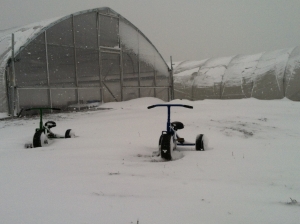8 Things We Love about Spring

1. Cooking with fava beans and asparagus
Ashley Lyons, Sales Manager
2. Sleeping with the windows open
Emily Boell, Market Manger, Sales
3. Strawberries from Manoff Market Gardens
Jeremy Tucker, Sales, Delivery Driver
4. Exchanging jackets for t-shirts
5. Seeing the first flowers blooming
Josh Goldsmith, Assistant Market Manager
6. Kayaking in Bucks County
Natalie Rockwell, Market and Events Manager
7. Being surrounded by green grass
8. Weather to walk in!
Rebecca Van Wagner, Sales, Social Media







